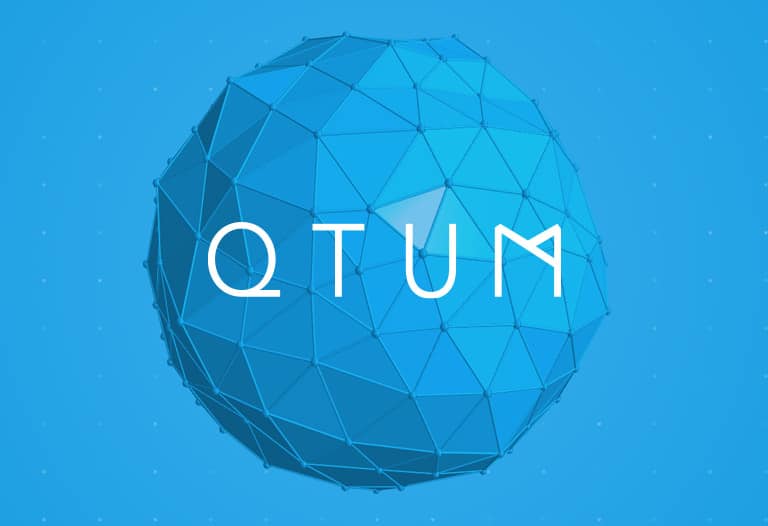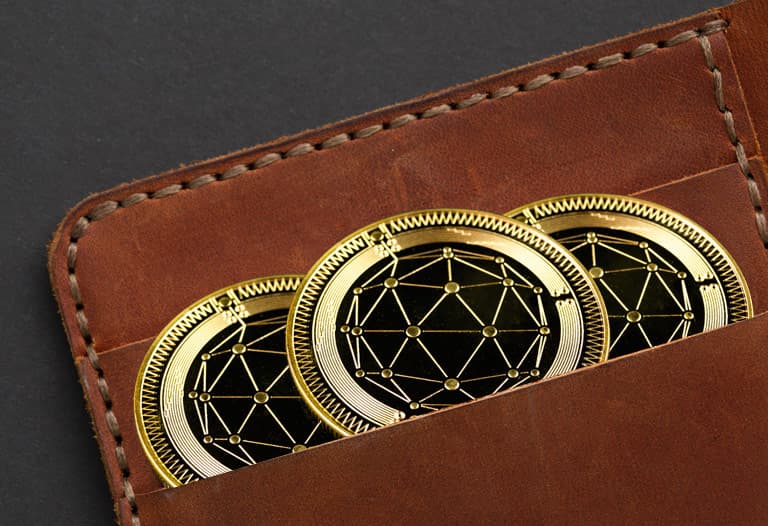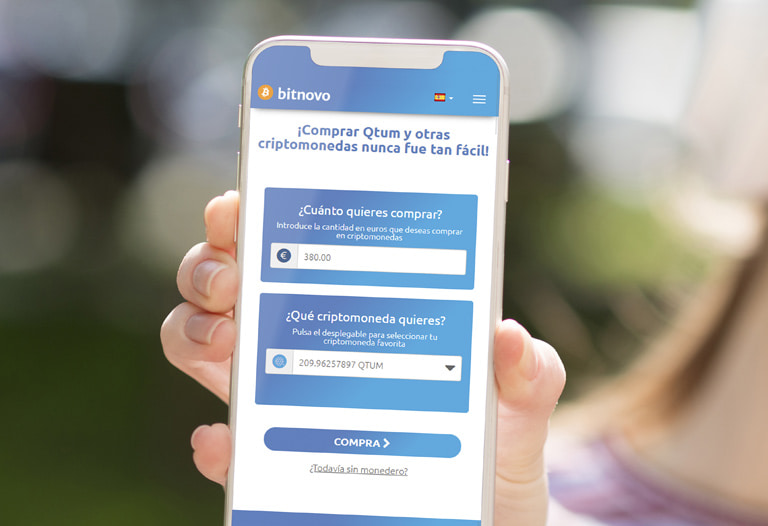
Table of Contents
ToggleQtum is formed by the union of the Bitcoin UTXO Model and Ethereum EVM Account Model, that is, Qtum is a hybrid platform built on the own blockchain. It is characterized by being a blockchain project open source which maintains its headquarters in Singapore
Combining the best of Bitcoin and Ethereum the platform provides bitcoin security and reliability and, in turn, offers all the benefits of Ethereum’s blockchain.
This platform specializes in connecting blockchain that allows companies and developers to create decentralized applications and smart contracts.
Qtum history
In 2016 Patrick Dai, Jordan Earls and Neil Mahi they created QTUM. Prior to launch, the three developers studied various combinations of concepts with the aim of creating their own smart contract platform. In March 2017 the founders launched a ICO (Initial Cryptocurrency Offering) where they managed to collect a total of US$15.5 million in just 5 days
The Qtum team has created an entity to monitor the development of the project and the harmony of the community. This entity is the Qtum Foundation and was charged with administering the funds raised at the ICO.

How does Qtum work?
The aim of the platform is to facilitate users the development of decentralized applications compatible with blockchain technology. This is achieved by being compatible with the vast majority of blockchains. On these ecosystems the platform can run its projects and its applications.
Its operation also allows users to move their cryptocurrencies and make transfers inside and outside the blockchain. All this thanks to smart contracts that act as the backbone of the platform.
To connect the real world with blockchains, Qtum uses UTXO (Unspent Transaction Output model), a secure solution to manage transactions. UTXO runs in the Ethereum virtual machine.
Another feature of this platform is its abstraction layer. This makes it possible to separate an application and its protocol so that developers can add features of smart contracts. The abstraction layer performs the function of communication between virtual machines.
The main cryptocurrency of the blockchain is the Qtum coin. The token was launched in 2017 with an initial value of 5 USD. This cryptocurrency was a ERC20 token before its launch.
The blockchain of Qtum supporta token QRC20, a shunt of ethereum’s ERC20 tokens. These can be used within dApps. To make a transaction QRC20 is required Qtum coins as a gas fee.
0x Wallets
To purchase Qtums you need a wallet to keep them. There is a wide variety of wallets, each with different properties. Choose one based on your needs and preferences.
- If you want a Desktop Wallet there is an alternative. Qtum Electrum is available for Mac and Windows users.
- In hardware wallets we have Ledger o Trezor wallet to store your cryptocurrencies.
- In the wallet for mobile devices we have a greater variety. Among these Exodus and Trust Wallet are easy to use and safe alternatives to store your cryptocurrencies.

How to mine Qtum
This cryptocurrency is minable, thowever, the extraction process does not require powerful hardware. Qtum mining is based on protocol Proof-of-Stake and the process is not at all similar to normal mining processes.
To undermine Qtum the first step is to send them to a wallet. Once received, we wait for the transaction to mature, this is achieved when 500 blocks are generated that are equivalent to a period of 16 hours. When the transaction has matured, the user is considered a participant in the system. Finally, the wallet is left running and communicates with others nodes on the network.
To undermine is usually recommended to have between 250 and 1000 Qtum per transaction. The size of mined blocks in the rewards is 4 Qtumm of which are generated 0,4 Qtums and the remaining, which would be 3,6, will be available to be spent in the following 9 consecutive blocks.
As for the price of the token, its value is comparable to that of Ethereum. This is because if the demand for smart contracts increases both cryptocurrencies increase their price.
Currently Qtum has a price between $2 and $2.5 with a market capitalization of approximately $200 million.
Qtum vs Bitcoin
Although both currencies share the UTXO are not equal, they actually have some differences:
- Bitcoin is based on the Pow protocol while Qtum is based on Pos.
- While Bitcoin is a cryptocurrency with a high volume of fluctuations in its price, Qtum offers stability to its users.
- Bitcoin mining equipment requires much higher power and energy than Qtum. In fact, Qtum does not require mining equipment with powerful hardware.
Where to buy Qtum?
If you want to know how to buy Qtum or where to do it, we definitely recommend that you buy Qtum on Bitnovo. And that’s not simply because we’re inside the brand blog, but because Bitnovo is really a fast and safe way to do it.






